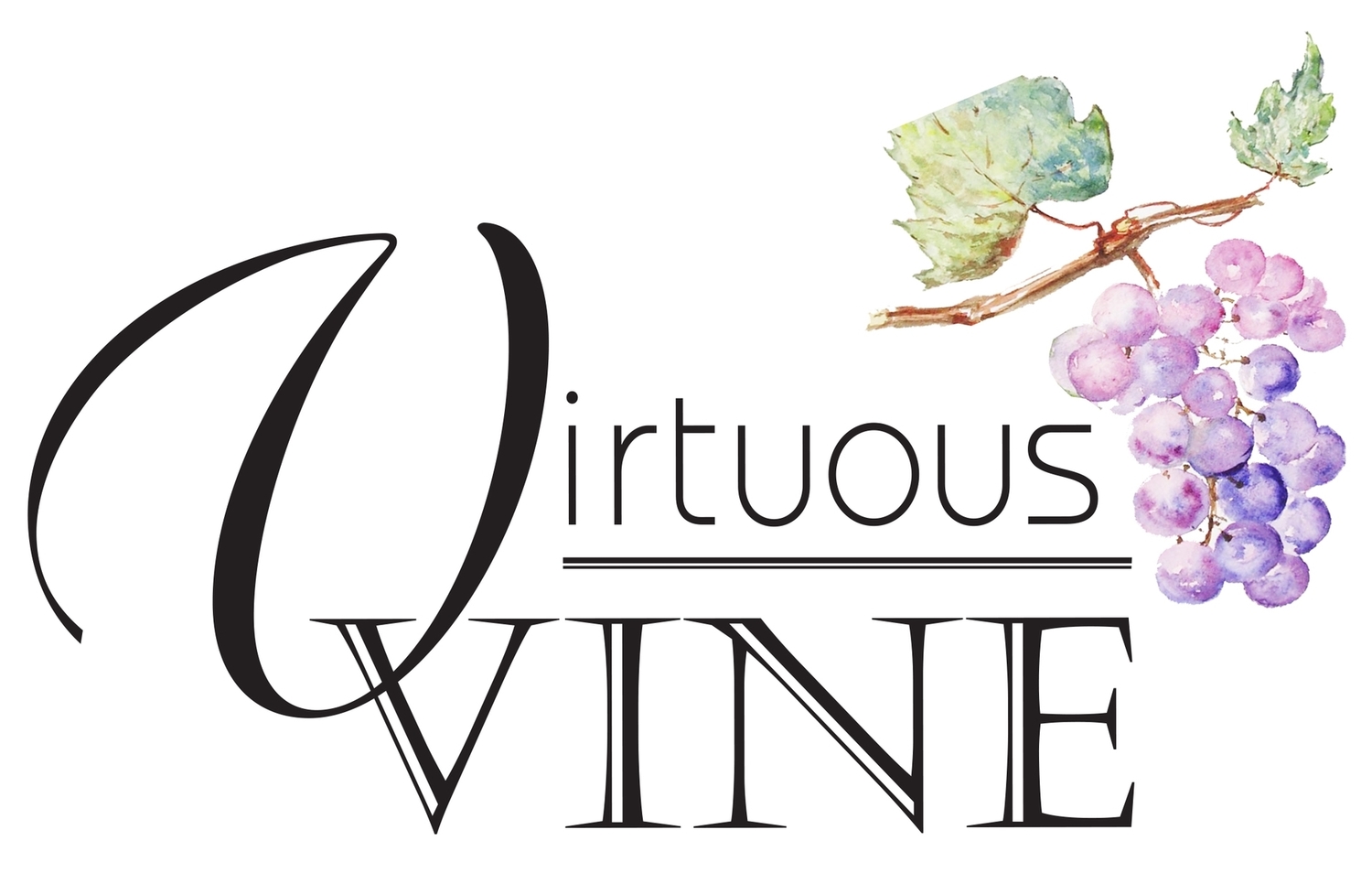Carbonic Maceration is a winemaking technique, brought to the height of its Art by some clever folk in Beaujolais, France. It is an utterly distasteful word, too technical and gassy to be said with a straight face, so it has been shortened to “Carbo” in France, and “Cab-Mac”, I heard recently in Australia.
And it seems to cause a really cerebral debate amongst late night drinkers, waxing on and off about whether the technique is a sacrilege to terroir, or stroke of genius for thirsty drinkers…
“Doing a Carbo” should create a juice with a very strong focus on bright and pungent fruit flavours, sometimes a bit unbelievably bon-bon-ish. The technique basically allows a winemaker to extract loads and loads of fruity flavours from the grapes, without extracting any tannin. The majority of this happens before the alcoholic fermentation starts, or before it really gets under way. This opens the door to making a deliciously fruity and complex wine, with little to no tannin. Perfect for glugging chilled on a sunny day!
But Carbo wines also have a bad reputation amongst some thinkers, saying that the technique erases terroir and creates uniform “fake” flavours. Well, it seems important to note that light chillable reds are not the only possible result for Carbo wines. It is also possible to create medium to seriously structured wines.
Used as one of the shades in the pallet of options available to a natural winemaker, Carbo is a delicious and interesting option. We have tasted some long wood aged Carbo wines, and more often, wines that have been partially Carbo treated. The variety of flavours available is astounding, and we tend to think that terroir can in fact be identified in well made Carbo wines.
So in essence, we think that the wide spreading of Carbo techniques across the world has added possibility to the flavour spectrum, not taken anything away. And it has done wonders especially in the wine-bar sector, and as an original choice for restaurants to propose matching with lots of different dishes. And we drinkers are all the better for it!
Here’s a quick and easy recipe for “doing a Carbo” (by a non-winemaker, for non-winemakers).
First, delicately place your freshly harvested, pristine, undamaged whole bunches of grapes into a tank (stainless steel or resin usually), and seal it airtight.
Open the top valve and pump CO2 gas into the tank, from the bottom up, to allow all the oxygen rich air to be pushed out of the tank and replaced by the CO2 gas. Once the tank is filled with CO2, close the valve.
Wait a while, and let it all just hang out for a couple of weeks, you may need to top up the CO2 from time to time, especially early on.
During this time, the juice on the inside of the unbroken grapes will begin leeching flavour and some colour from the inside surface of the grape skins. This happens with the help of some friendly local natural enzymes.
Because there is no, or very little juice in the tank, there will be not much alcoholic fermentation happening. This is a dangerous thing, as grapes are very susceptible to oxidation and bacterial infection if left out, prior to an alcoholic fermentation getting under way. Hence the CO2 gas! If the tank is filled with CO2, there is therefore no oxygen, and where there is no oxygen, there should be no oxidation (evidently) and the bad bacteria can’t really survive either. Genius!
Once your Carbo has done its thing, you can then choose where you want your wine to go. For a light and fruity style, press the grapes and ferment the now colourful and fruity juice until it becomes wine. For a heavier, more complex style, crush the grapes and leave the skins in there for a bit while fermenting (but be careful, as the skins may have gotten a bit pungent during the Carbo). You can then age your wine in wood, concrete, terra cotta or anything else you like.
Chill, serve, and enjoy!
Charlie





